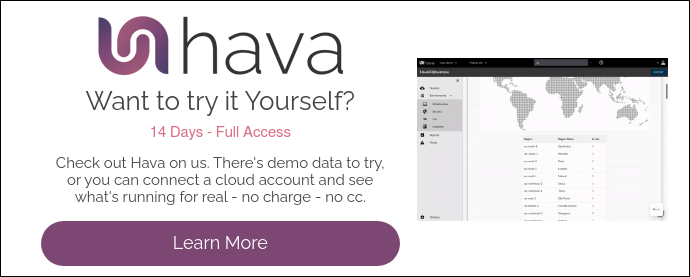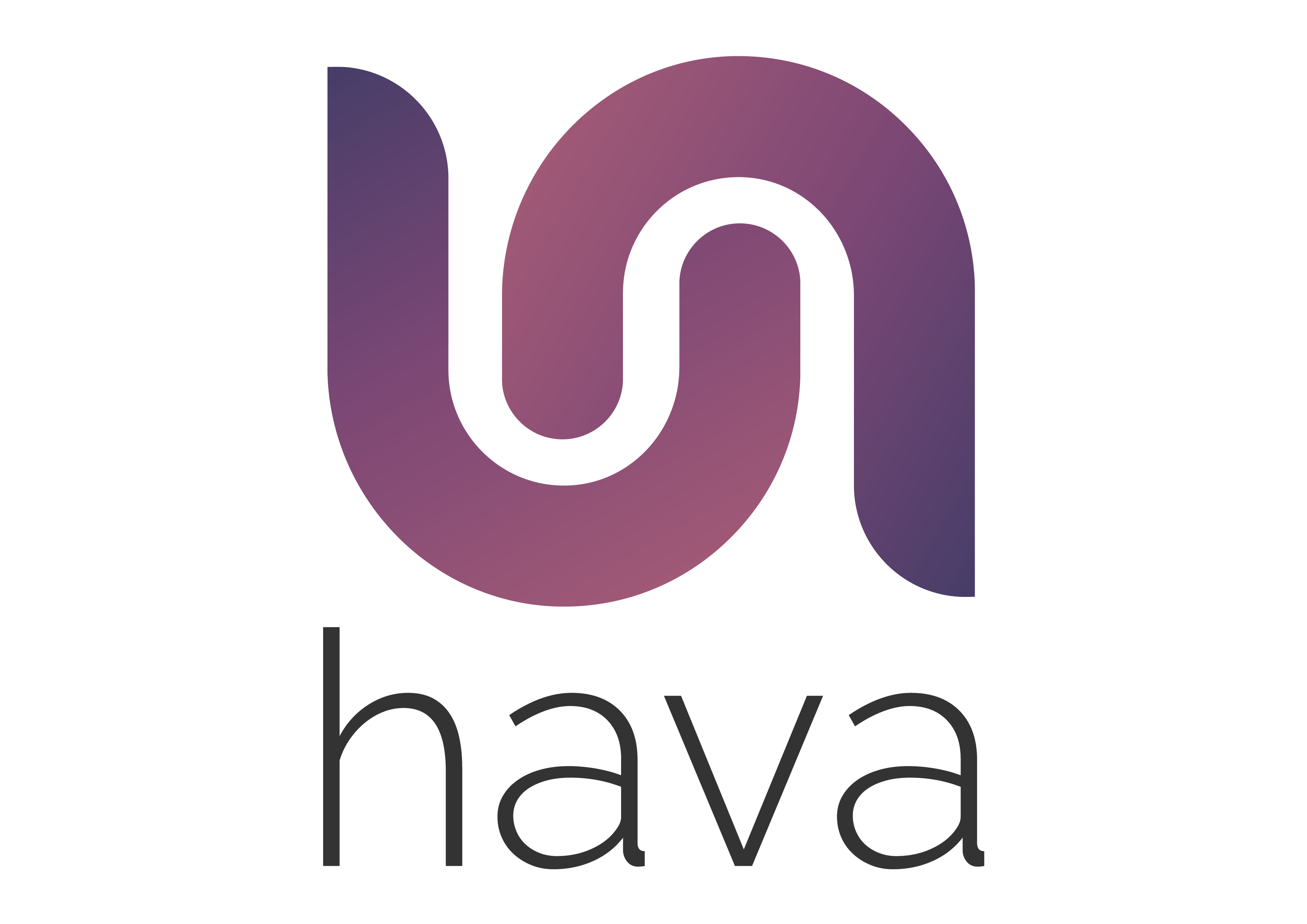
The cloud has become a cornerstone for many businesses either as a platform on which they run their business applications or as the foundation for the products they offer. As companies increasingly migrate their operations and data to the cloud, the importance of cloud IT due diligence in business transactions has grown exponentially. Whether you're considering a merger, acquisition, or any other form of business transaction, understanding the cloud infrastructure and its implications is crucial. Here are some best practices to ensure that your cloud IT due diligence is thorough and effective.
-
Understand the Current Cloud Architecture
Before diving into any transaction, it's essential to have a clear picture of the existing cloud infrastructure. Tools like Hava, as mentioned on our blog, provide visualizations of the current cloud environment. This aids in understanding how resources are connected, potential vulnerabilities, and the overall complexity of the setup.
-
Assess Compliance and Regulatory Standards
Depending on the industry and region, there might be specific compliance and regulatory standards that the cloud infrastructure needs to adhere to. Ensure that the current setup meets these standards to avoid potential legal and financial repercussions post-transaction.
-
Evaluate Security Protocols
Security is paramount when it comes to cloud infrastructure. Delve into the security measures in place, including firewalls, encryption methods, and access controls. Tools like Hava can help identify potential security gaps by visualizing security groups and their associated rules.
-
Determine Cost Implications
Cloud costs can be a significant expense for businesses. As part of your due diligence, assess the current cost structure, potential savings, and any locked-in contracts or commitments. This will provide clarity on the financial implications of the transaction and any potential areas for optimization.
-
Review Disaster Recovery and Backup Plans
Business continuity is vital. Ensure that there are robust disaster recovery and backup plans in place. This includes understanding the frequency of backups, the retention period, and the procedures for data restoration.
-
Analyze Scalability and Flexibility
As businesses grow and evolve, so do their cloud needs. Assess the scalability of the current cloud setup. This involves understanding how easy it is to scale resources up or down based on demand and whether the infrastructure can adapt to future technological advancements or changes in business strategy.
-
Check for Vendor Lock-ins
Vendor lock-ins can limit flexibility and lead to increased costs in the long run. Determine if the business is overly reliant on a single cloud provider and if there are any contractual limitations that might hinder migration or integration with other services.
-
Engage with IT Teams
The IT team will have invaluable insights into the day-to-day operations, challenges, and nuances of the cloud infrastructure. Engage with them to gather firsthand information and understand any potential red flags or areas of concern.
-
Document Everything
Due diligence is as much about understanding the current state as it is about documentation. Ensure that all findings, assessments, and recommendations are well-documented. This will serve as a reference point for future decisions and provide clarity to all stakeholders involved.
-
Leverage Automated Tools
Manual assessments can be time-consuming and prone to errors. Leveraging automated tools like Hava can streamline the due diligence process, providing accurate visualizations, and insights into the cloud environment.
In conclusion, cloud IT due diligence is an integral part of modern business transactions. By following these best practices and leveraging the right tools, businesses can ensure that they are making informed decisions that align with their strategic goals and mitigate potential risks.





